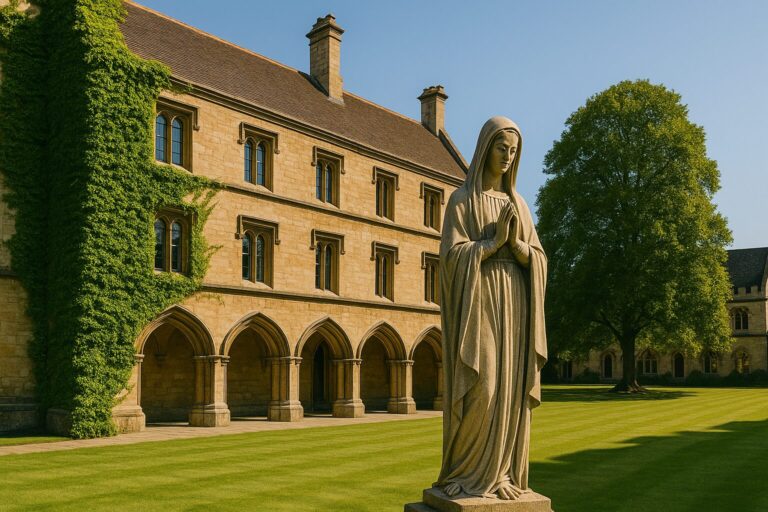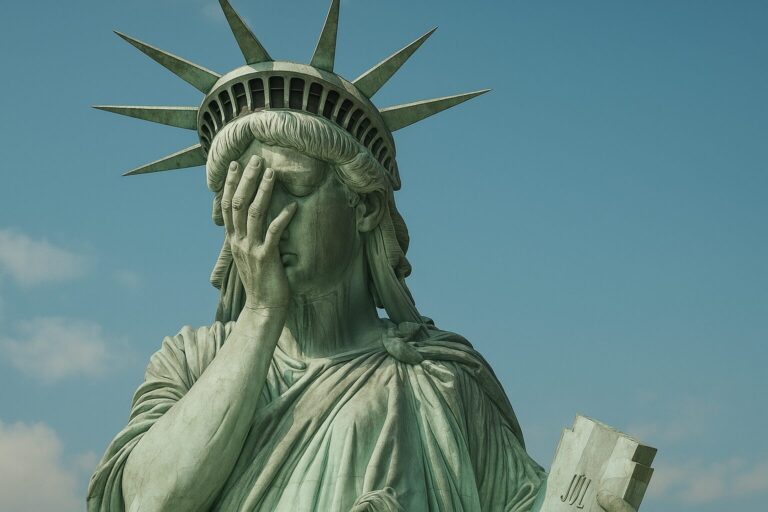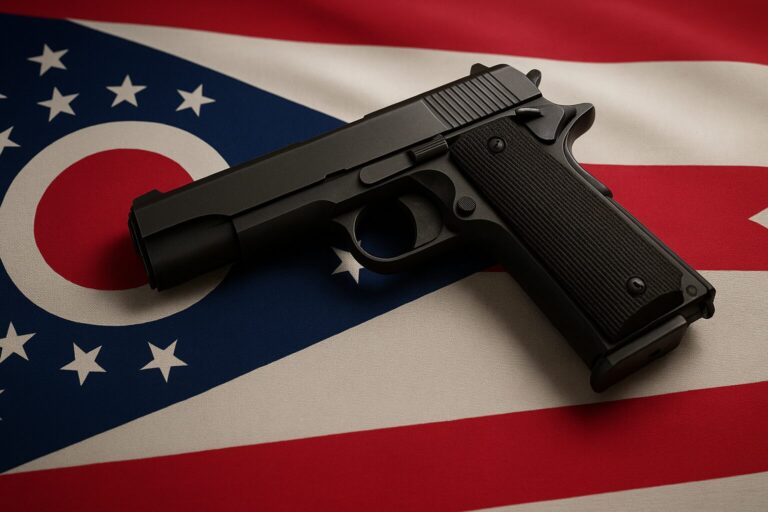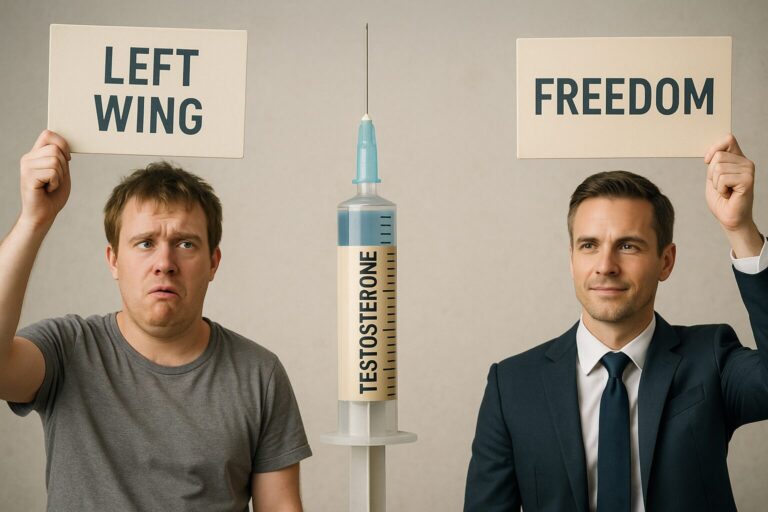
1. A Brief History of Communism
Communism is a political and socioeconomic ideology based on the abolition of private property, forced egalitarianism, and total centralization of power in the hands of the State. Its principles were systematized by Karl Marx and Friedrich Engels in the Communist Manifesto of 1848 — a work that openly advocated class struggle as the engine of history and the revolutionary overthrow of the current order.
During the 20th century, communism moved from theory into practice in dozens of countries, through violent revolutions, coups d’état, or military interventions. The most emblematic examples include:
- The Soviet Union, which became one of the most authoritarian and genocidal regimes in history;
- China, where the communist regime killed tens of millions through famine, repression, and “re-education”;
- Cuba, which has remained under communist dictatorship since 1959;
- North Korea, currently the most closed and controlled country in the world;
- Vietnam, where the Communist Party remains in power to this day.
In all these cases, the rise of communism was accompanied by a deep assault on civil, political, religious, and economic freedoms — and, inevitably, on the right to self-defense.
As noted by historian R.J. Rummel, an expert on state-led genocides, communist regimes were the main perpetrators of what he termed democide: mass murder committed by governments. It is estimated that these regimes were responsible for the deaths of over 100 million people in the 20th century.
2. Disarmament in Communist Regimes
Restricting civilian access to firearms is a historical constant in communist regimes. This is no coincidence: for communism, power must reside exclusively in the State. An armed populace is, by definition, a threat to tyranny.
Some concrete examples:
- Soviet Union: After the 1917 Revolution, the new government implemented strict controls over all weapons. In 1924, carrying a weapon without authorization was punished with forced labor camps. The goal was clear: eliminate any possibility of armed opposition.
- China (Mao Zedong): The communist dictator once said, “Political power grows out of the barrel of a gun.” But that power should belong solely to the Party. Since the 1950s, Chinese civilians were broadly disarmed, and firearm ownership became restricted to state forces (Library of Congress).
- Cuba: After taking power, Fidel Castro launched a systematic disarmament program. Even civilians who had participated in the revolution were disarmed, as they now posed a threat to the new regime. Today, firearm possession in Cuba is highly restricted and subject to state approval.
- North Korea: Perhaps the most extreme case. Any form of civilian gun ownership or carry is absolutely prohibited. Any deviation is treated as a crime against the State.
- Cambodia (Khmer Rouge): Under Pol Pot’s regime, all civilian firearms were confiscated. Anyone caught with a weapon was executed. It is estimated that around 2 million people were murdered between 1975 and 1979 — without any chance to resist.
3. Current Communist Countries and Their Gun Laws
Currently, five countries remain officially communist, all with one-party, highly authoritarian governments. In each of them, the population is practically disarmed:
| Country | Ruling Party | Civilian Firearm Status |
|---|---|---|
| China | Chinese Communist Party | Prohibited for civilians |
| North Korea | Workers’ Party of Korea | Completely prohibited |
| Cuba | Communist Party of Cuba | Highly restricted |
| Vietnam | Communist Party of Vietnam | Almost nonexistent |
| Laos | Lao People’s Revolutionary Party | Prohibited |
In addition to these, countries like Venezuela and Nicaragua, which do not officially declare themselves communist but follow the socialist playbook, have also implemented civilian disarmament policies.
4. Why Does Communism Hate Armed Citizens?
An armed citizen is, by definition, a free man.
Throughout history, firearms have not only been tools for physical defense — but symbols of autonomy. A State that seeks to control everything must first remove the possibility of resistance. And for that, disarmament is essential.
Communism starts from the premise that the individual is a danger — and the State is the redeemer. That’s why the armed citizen becomes unacceptable. As Mao taught, only the Party can hold the power of weapons.
Conclusion: Disarmament as a Tool of Oppression
Civilian disarmament is not a minor issue or harmless public policy. It is a historical instrument of ideological domination. When the State fears the people, it restricts their guns. When the people fear the State, tyranny has already won.
The fight for the freedom to access firearms is, above all, a fight against totalitarianism — and against repeating the same horrors that marked the 20th century.
The armed citizen is the last line of defense between liberty and regime.







